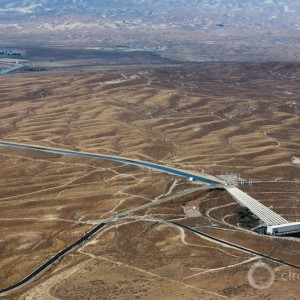The Stream, August 24: EPA Knew Gold King Mine Was a Blowout Risk
The Global Rundown |
Documents released by the United States Environmental Protection Agency show that they knew of the risk for a spill of contaminated waste water at the Gold King mine in Colorado. Investment in New Orleans‘ flood defenses has given residents the confidence to return and rebuild. Farmers in Northern California are forced to share their water with Klamath River salmon.
“Conditions may exist that could result in a blowout of the blockages and cause a release of large volumes of contaminated mine waters and sediment from inside the mine, which contain concentrated heavy metals.” — Excerpt from a June 2014 work order for cleanup at the Gold King mine in Colorado. This document and others, released Friday by the U.S. EPA, show that the agency knew there was risk for a spill before it happened on August 5. (The Associated Press)
By The Numbers |
$US 14 billion – Amount authorized by congress to improve New Orleans’ flood infrastructure after Hurricane Katrina. In the last 10 years, 350 miles of levees have been reinforced, 70 pumping stations have been upgraded, 30,000 acres of wetlands have been created, 45 miles of barrier islands have been built, and a record-breaking nearly-two-mile-long storm surge barrier has been raised. The improvements have also largely rebuilt confidence and convinced residents to return. Reuters
Science, Studies, And Reports |
Internal documents released Friday by the U.S. EPA show that officials were previously aware of the risk of a blowout at the Gold King mine in Colorado. On August 5, three million gallons of contaminated waste water spilled from the mine into the Animas River. The documents were released after weeks of pressure from The Associated Press and other news organizations. The Associated Press
On The Radar |
The U.S. Bureau of Reclamation began releases of water into California’s Klamath River on Friday in order to prevent a large fish kill. The releases will continue into September. Last year, farmers unhappy about sharing their irrigation water with the river’s salmon took legal action to try to prevent releases, and were unsuccessful. New York Times
is both a scientist and a journalist, she holds an MS in Environmental Engineering from Michigan Technological University, and she brings proficiency in ESRI’s ArcGIS mapping software.





Leave a Reply
Want to join the discussion?Feel free to contribute!